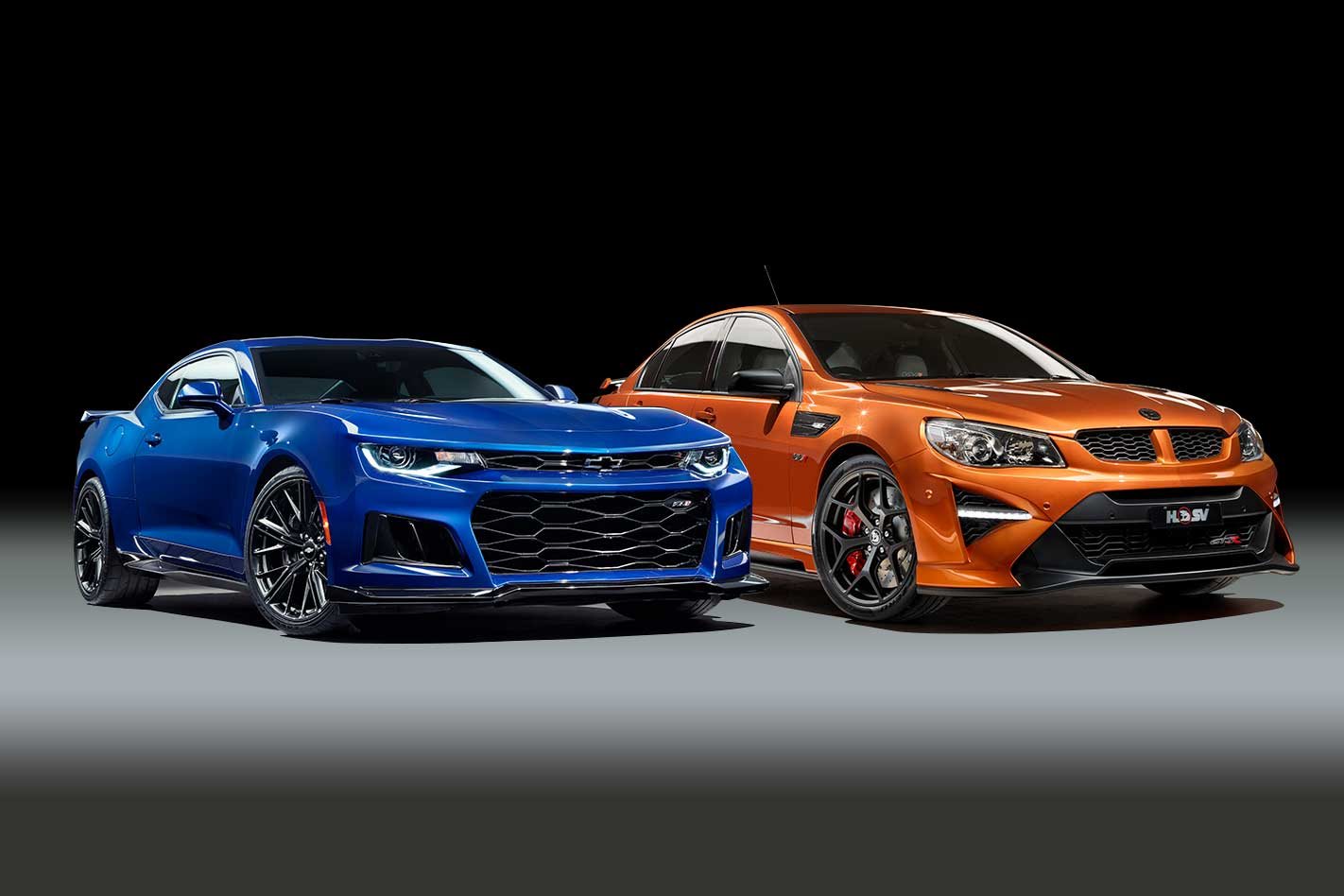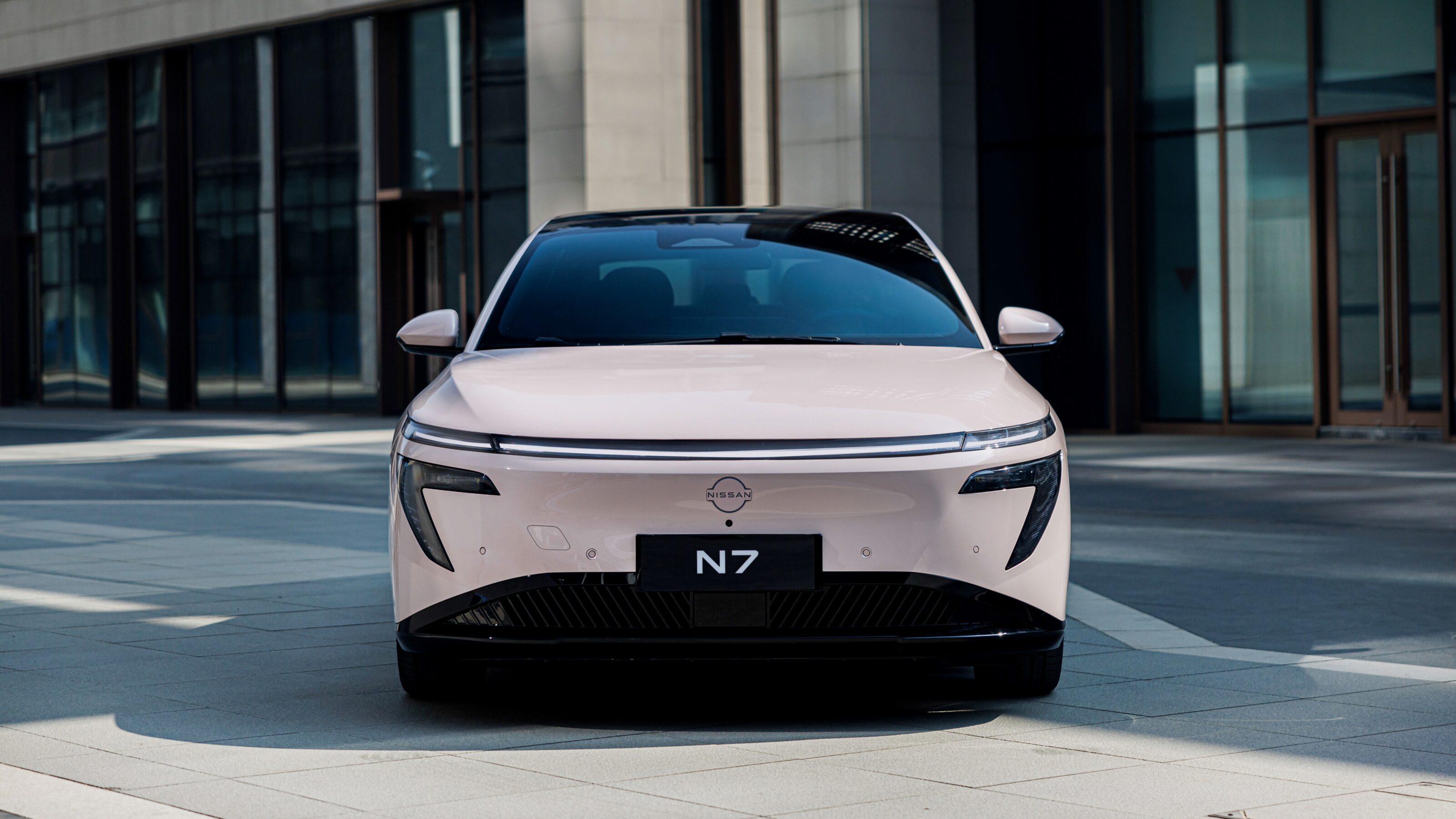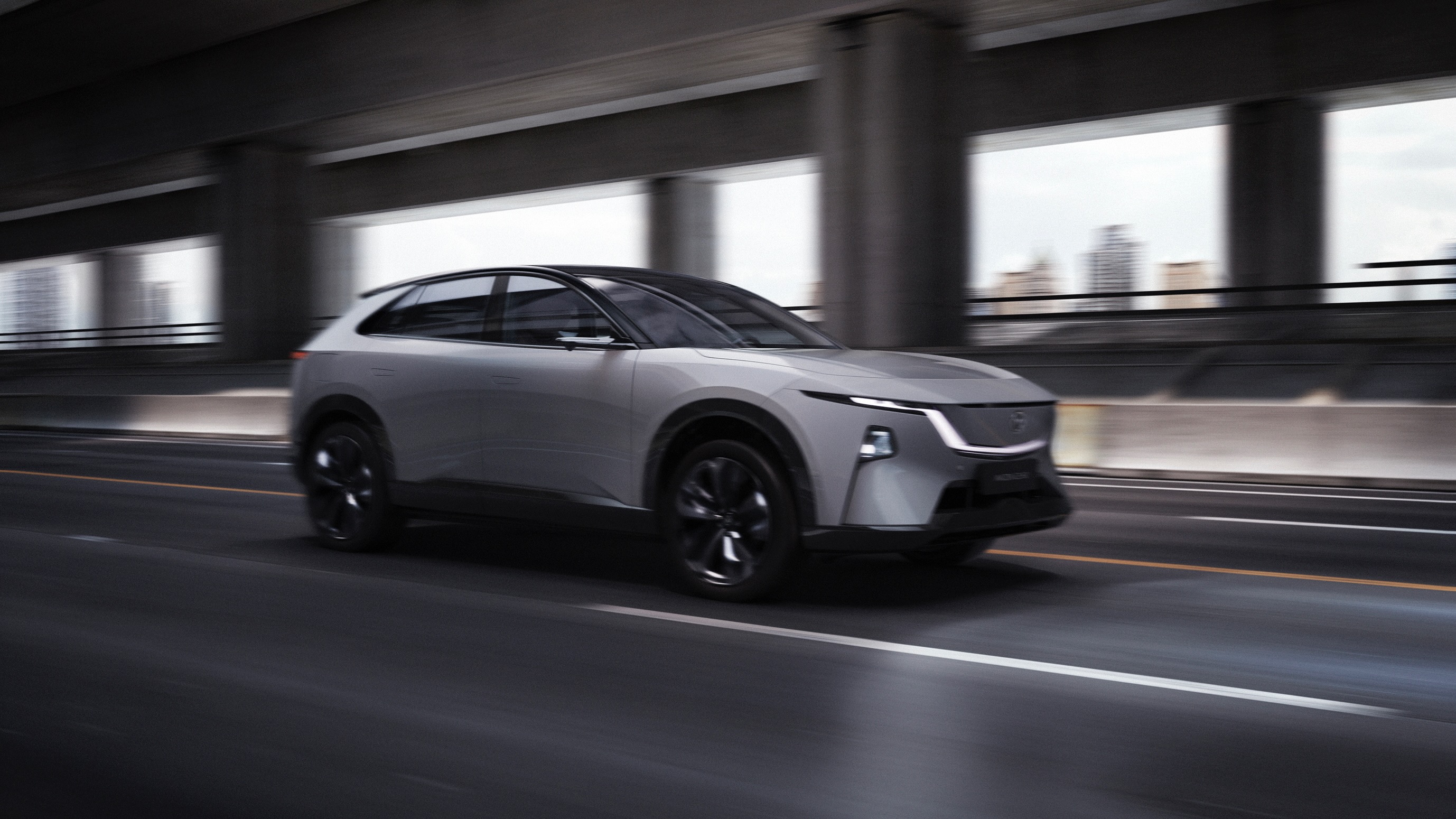HSV is back in the supercharged game thanks to the announcement it will convert the 2019 Chevrolet Camaro ZL1 for the Australian market.
For a bit of fun, we thought we’d look back at its last supercharged car, the mighty HSV GTSR W1 and see how the two compare.
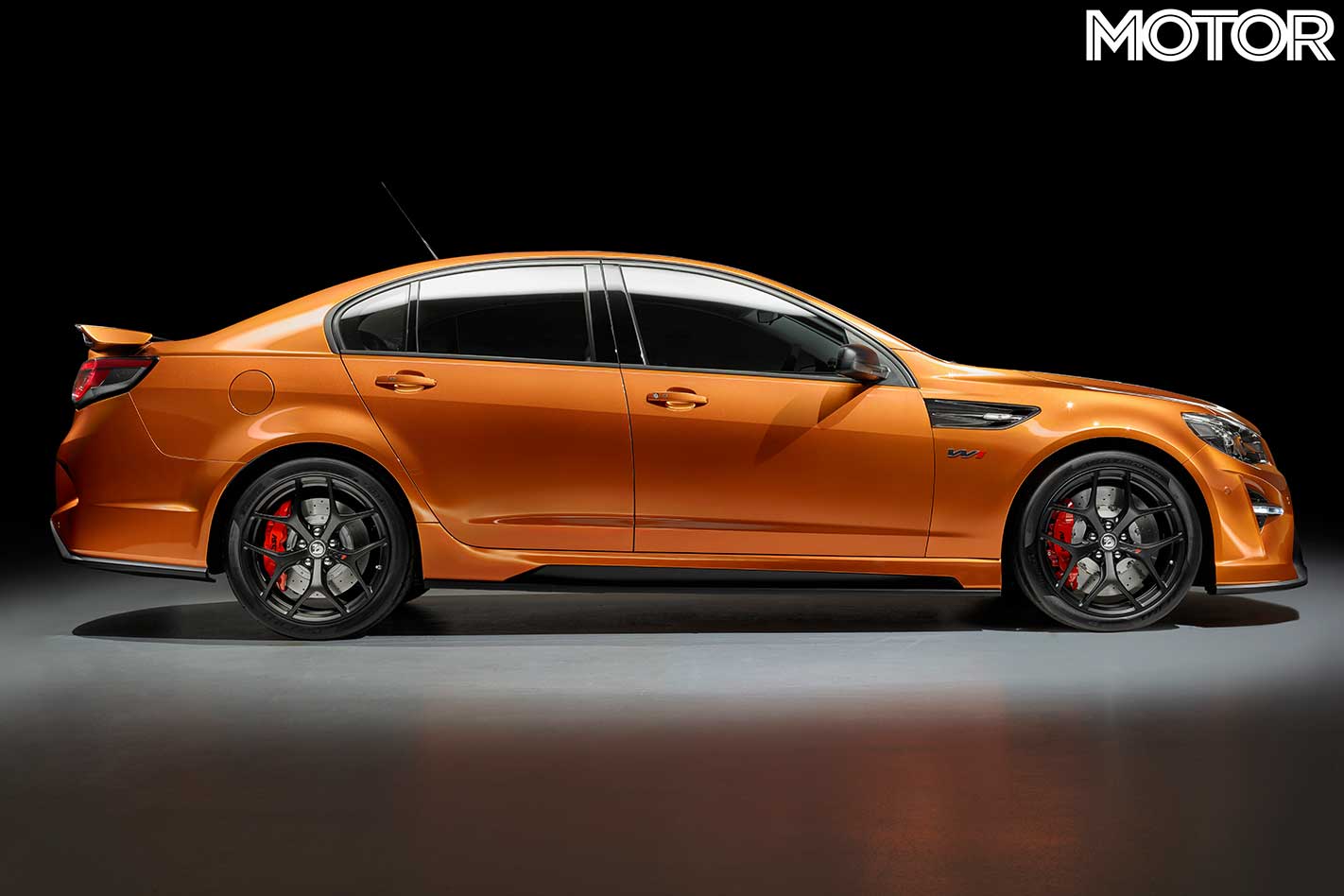
Let’s start with the last of the Aussie big bangers. The GTSR W1 used a 6.2-litre supercharged V8 dubbed the LS9 which first appeared in the C6 Corvette ZR1.
Thanks to a 2.3-litre supercharger forcing 9.7psi of boost it produces 474kW/815Nm and safely revs to 6600rpm thanks to titanium conrods and inlet valves, forged steel bearing caps and forged aluminium pistons.
In comparison, the Camaro ZL1’s LT4 engine is a new-generation design. It has exactly the same capacity as the LS9, 103.25mm bore and 92.0mm stroke resulting in a swept volume of 6162cc.
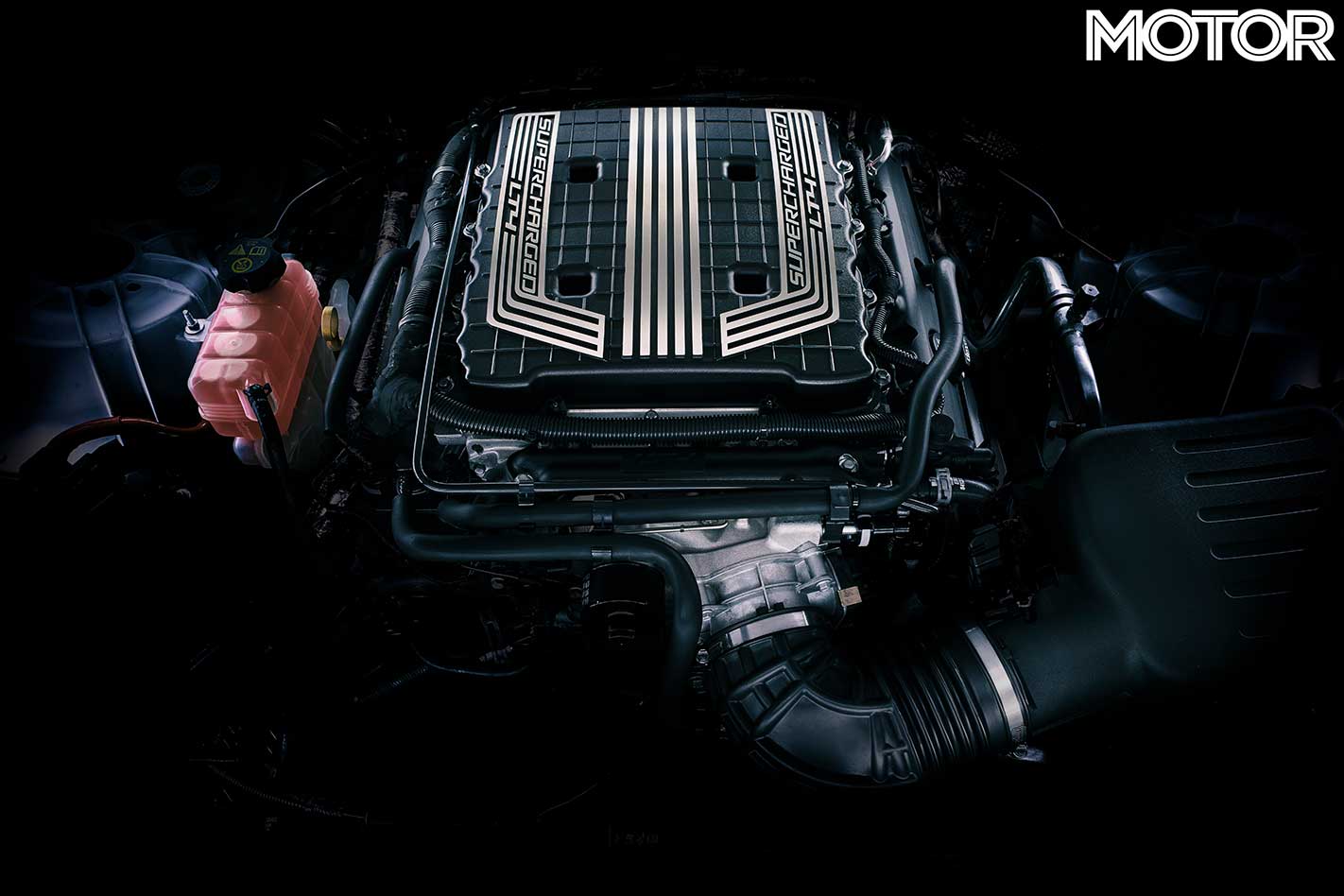
It uses a smaller 1.7-litre supercharger but spins it harder (20,000rpm vs the LS9’s 15,000) to generate 9.4psi. This is less boost than the LS9, but the LT4’s higher compression ratio (10:1 vs 9.1:1) allows it to produce 485kW/881Nm.
The ZL1 will be available as either a six-speed manual or a 10-speed automatic, whereas the W1 was only available as a six-speed manual. The Camaro has a decisive weight advantage at 1761kg for the manual and 1789kg for the automatic, compared to the W1’s 1895kg.

This is primarily because the two-door Camaro is the smaller car. At 4812mm long, 1897mm wide, 1330mm tall on a 2811mm wheelbase, it undercuts the four-door W1 by 232mm/2mm/138mm and 104mm respectively.
As such, acceleration honours go to the American. The best figures we extracted from a W1 were 4.16sec to 100km/h and a 12.18sec quarter mile at 195.68km/h, pretty much bang on the claims.
While we haven’t run numbers on the Camaro yet, its claims are next level. The 0-60mph sprint takes 3.5sec, so we’ll be looking for a 0-100km/h figure in around 3.7-3.8sec, while the quarter mile is eaten up in 11.4sec at 204.5km/h. Serious stuff.
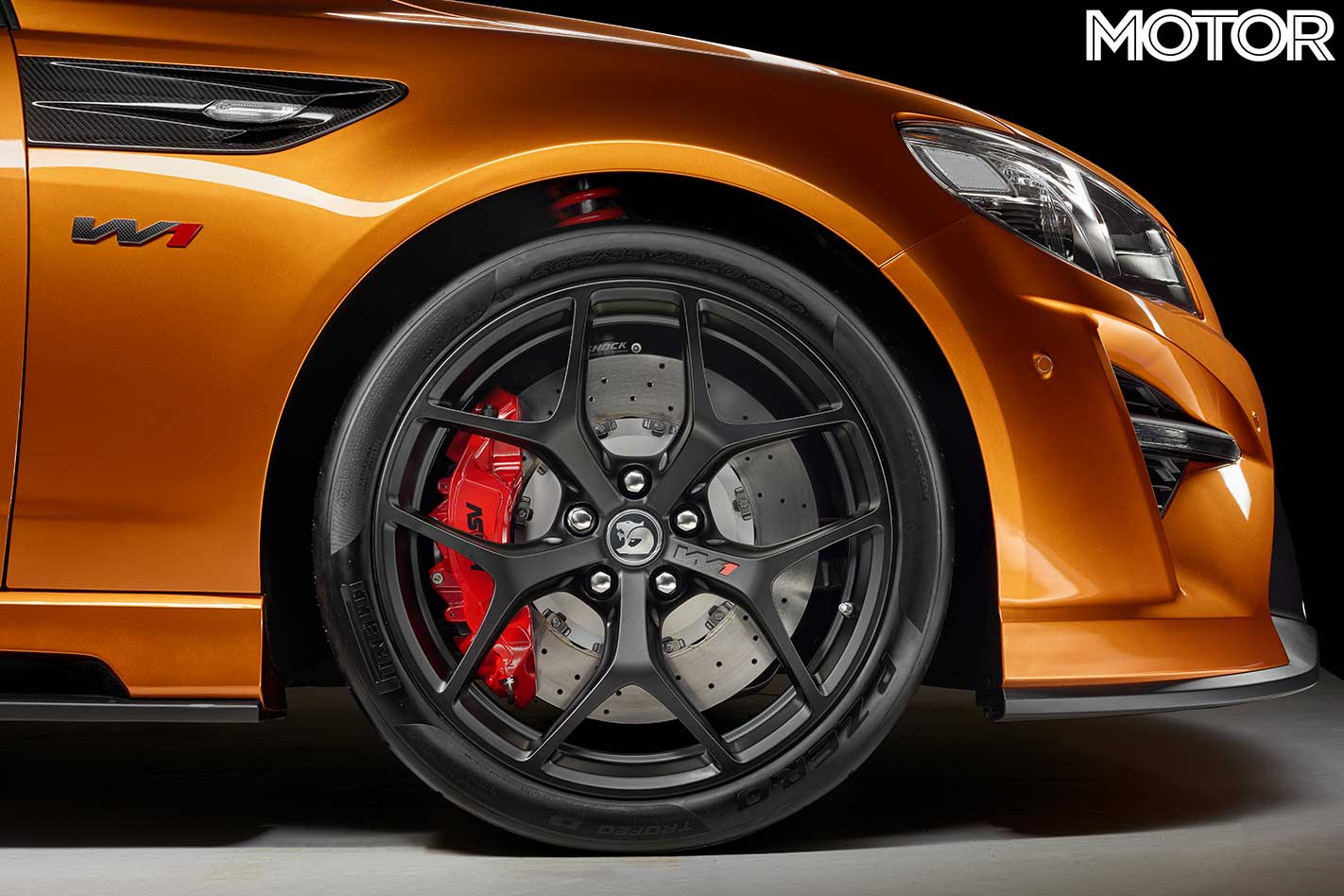
Equally serious are the chassis upgrades of each car. The W1 rung everything out of the Commodore platform with bespoke Supashock dampers, 20-inch wheels measuring 9.0 inches and the front and 10 inches at the rear with 265/35 and 295/30 Pirelli P Zero Trofeo Rs front and rear respectively.
Combined with its simply enormous brake package, which consists of 410mm floating rotors with six-piston calipers at the front and 372mm rotors with four-piston calipers at the back, it had serious circuit cred.
Not that the ZL1 is lacking. It has an even bigger footprint, with 20 x 10.0-inch front wheels and 20 x 11.0-inch rears wrapped in Goodyear Eagle F1 Supercar 3 tyres measuring 285/30 at the front and 305/30 at the rear.
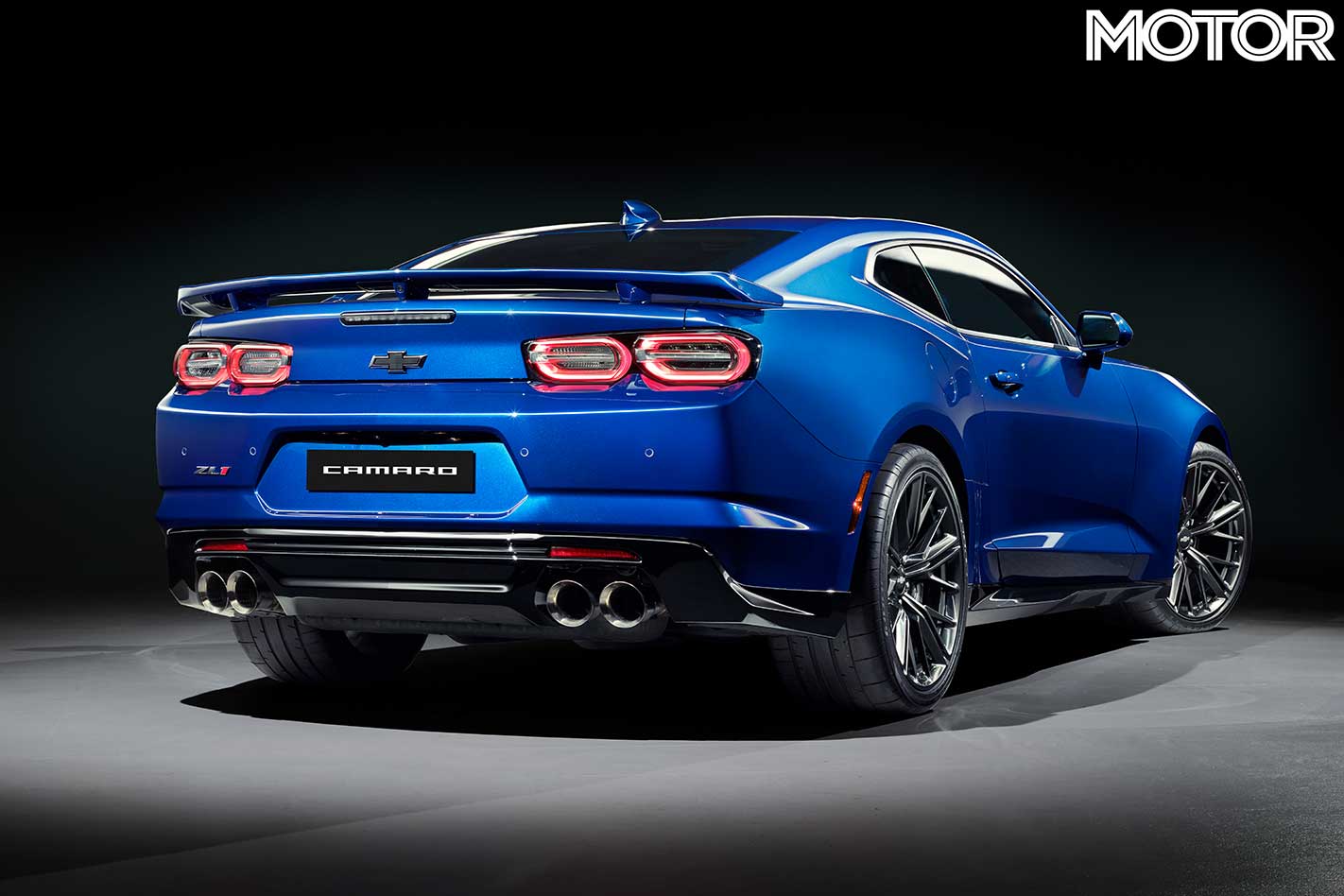
It can’t match the W1 in the braking department with 390mm front discs and six-piston calipers and 365mm rears with four-piston calipers, but counters with more technology, including an electronically controlled limited-slip diff and magnetic ride control adaptive dampers.
The Chevrolet Camaro ZL1 and HSV GTSR W1 are very different cars but have a very similar goal in life. We look forward to discovering if Chevy’s mighty muscle car can carry the torch when we drive the ZL1 later this year.


